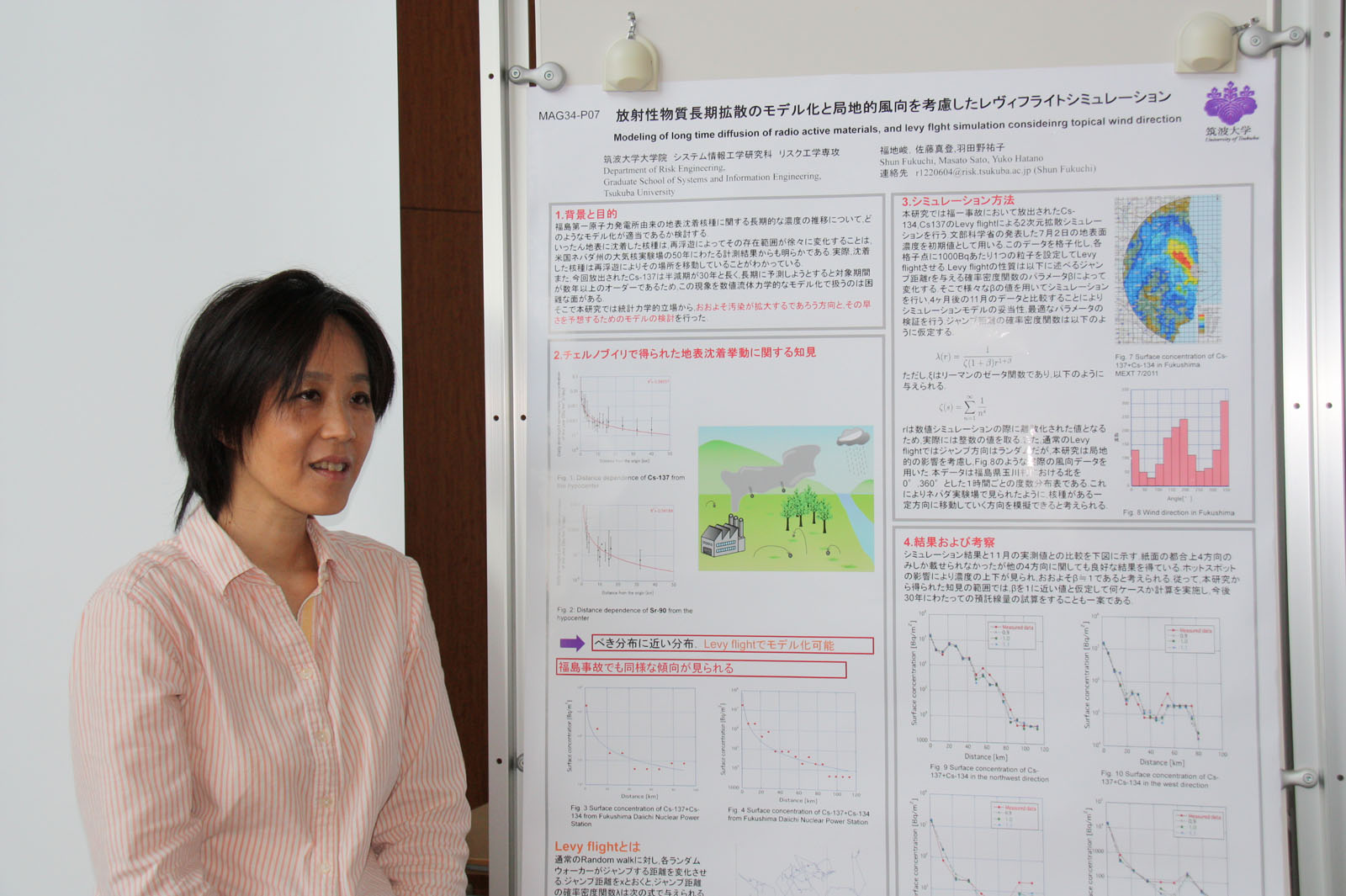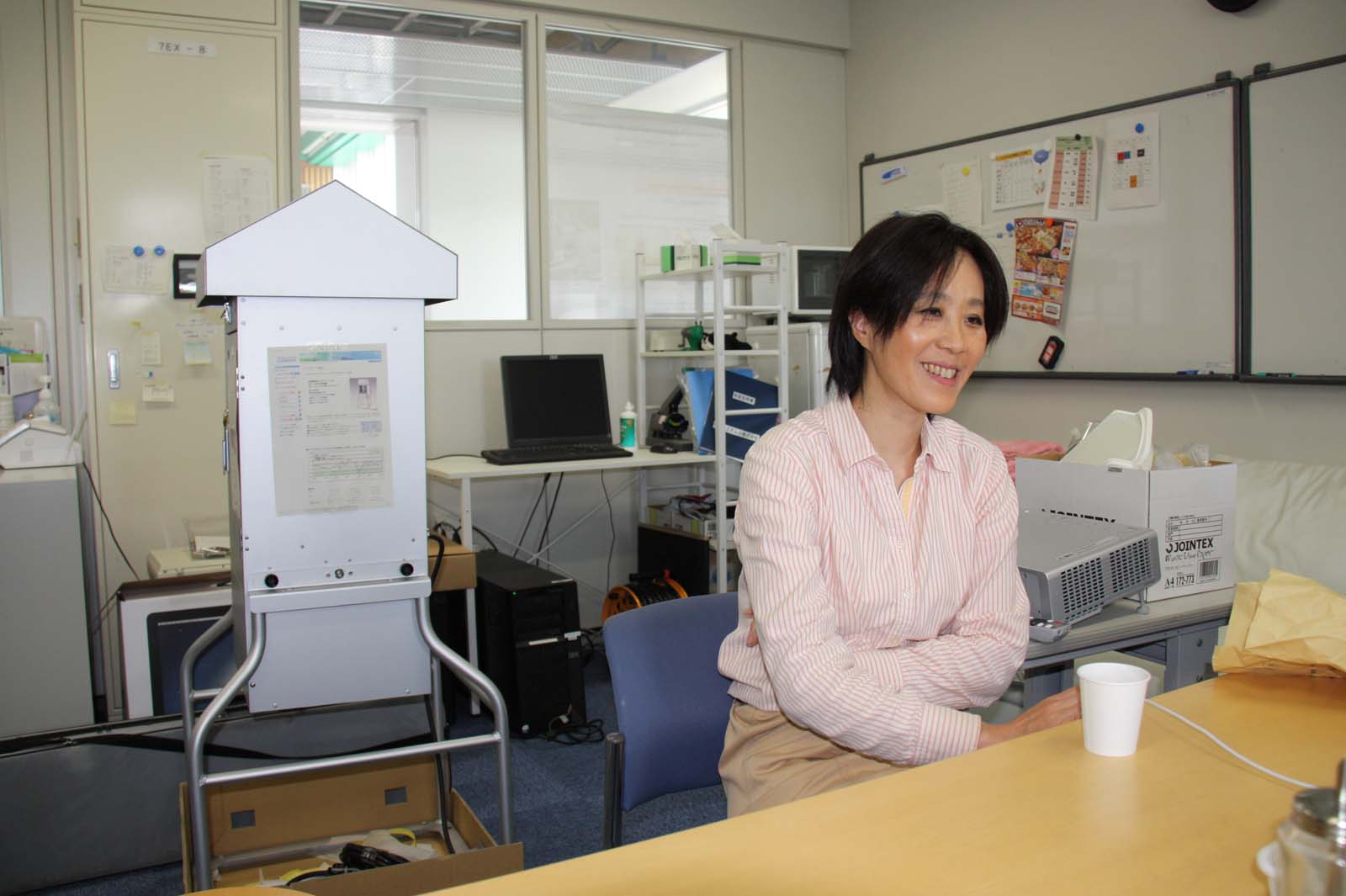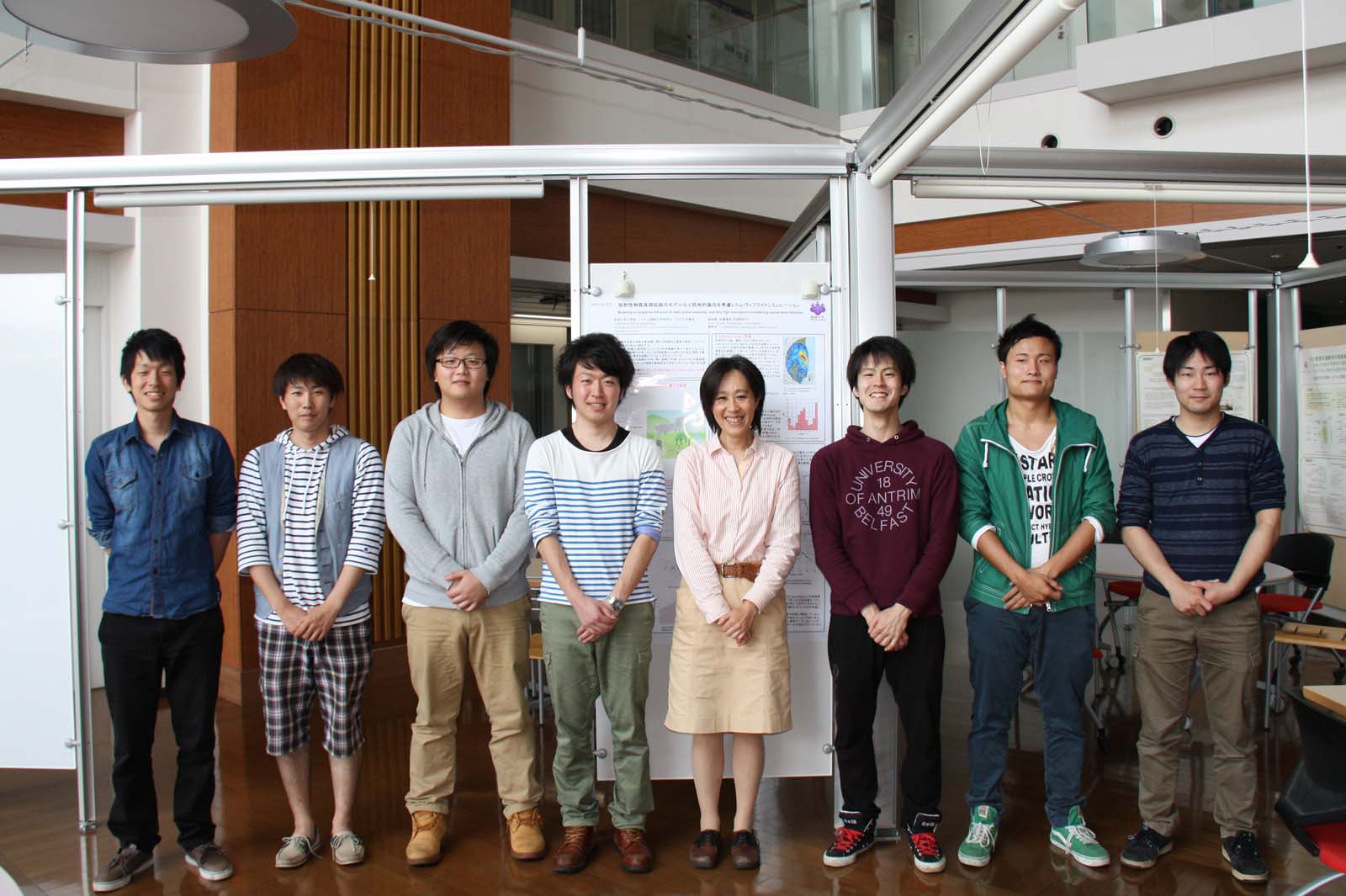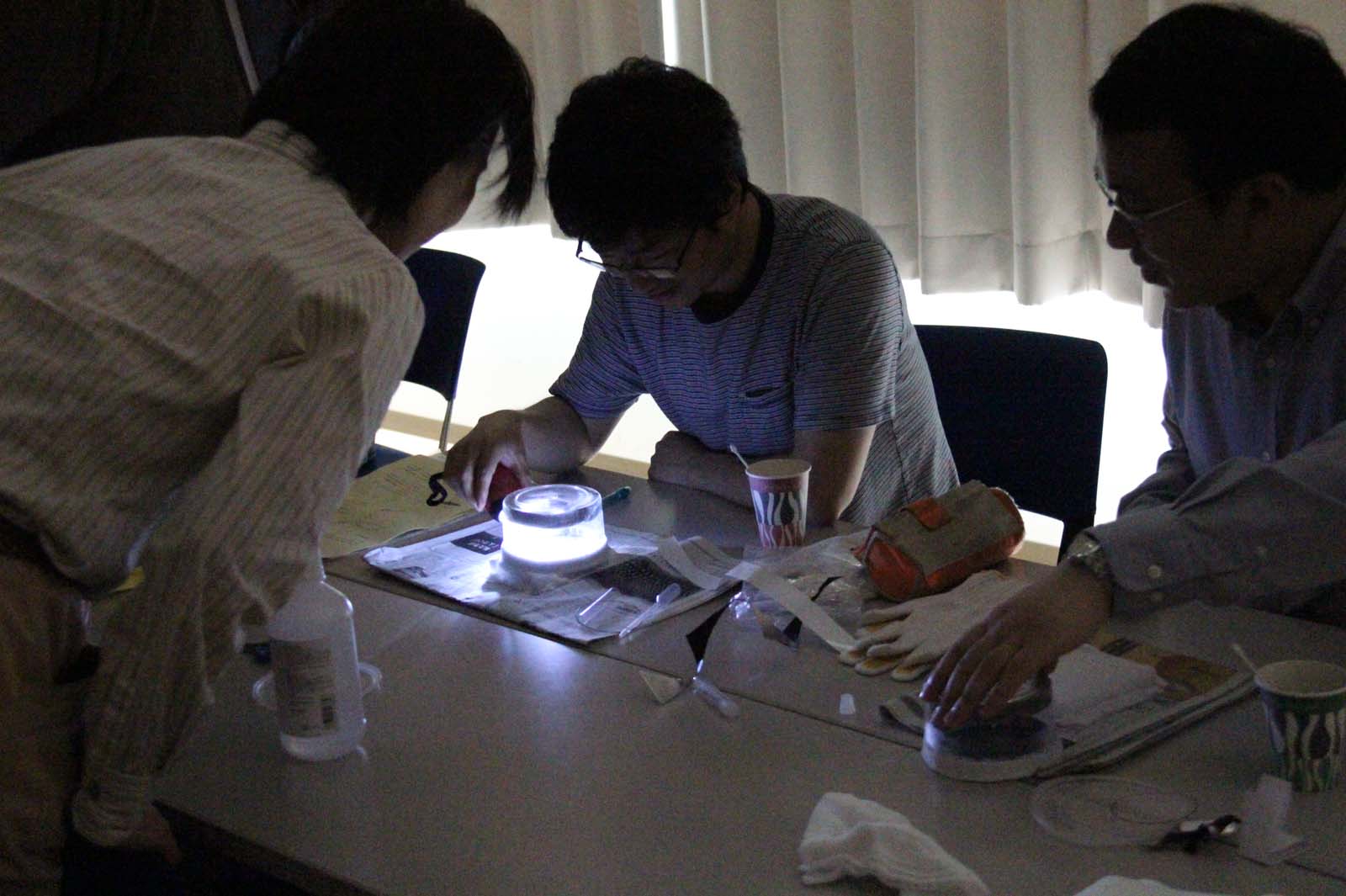TSUKUBA FUTURE
#007 Predicting the Fractal World
Associate Professor HATANO Yuko, Faculty of Engineering, Information and Systems

The turning point came when she met a researcher from Russia at Harvard University, where she was studying. It was 1995. That researcher had actual measurement data of concentrations of radioactive substances released into the air over the course of more than 10 years as a result of the Chernobyl nuclear power plant accident.
She had studied nuclear engineering in college, and had conducted research on the environmental dynamics of things like high-level radioactive waste. For example, she built a model for measuring the movement of groundwater contamination, and had conducted that research using simulations. However, it had been virtually impossible to obtain actual long-term data against which to compare the simulation results. Of course, this is not to say that she was disappointed at the lack of incidents involving contaminant leakages, but it was important to conduct research in preparation for such an accident, and for the underground storage of nuclear power plant waste.
It was while she was facing this dilemma that she came across this long-term data from the area around Chernobyl. Using this data would make it possible to build a predictive model based on actual data analysis. In the Chernobyl nuclear accident, smoke containing large volumes of radioactive substances was produced as a result of the nuclear reactor explosion and subsequent fires. The smoke was carried on the wind and spread to various locations, carrying contamination to those locations as well. Making this worse, the particles that fell to the ground due to rain were taken up into the air by the wind after drying. And so the process continued, with the contaminants being repeatedly taken up into the air, and then dropping to the ground.

Prof. Hatano in front of a poster of research findings achieved through the application of the probability theory known as the random walk hypothesis.

The device behind Prof. Hatano to the left is an air sampler that collects dust floating in the air.
After the accident, concentrations of radioactive substances in the air continued to be measured within a radius of 30 km around Chernobyl. This was the data possessed by the Russian researcher that Prof. Hatano met. This data showed that even after the nuclear reactor was sealed in a sarcophagus, the concentration of radioactive substances continued to fluctuate on a daily basis. The way by which the particles become airborne again changes depending on the weather conditions at the time, and on human factors such as traffic and construction. As a result, the concentrations in the air also fluctuate. However, it is realistically impossible to predict all of these kinds of conditions in advance because there are so many relevant factors.
However, an analysis of the variations in the airborne concentrations of radioactive substances measured over 10 years in the area around Chernobyl shows that the short-term pattern of variation is a small-scale version of the long-term pattern of variation (similar figures). This pattern is referred to in mathematics as a fractal. Applying the characteristics of this pattern opens up the possibility of performing long-term predictions using short-term data.
After completing her time abroad and returning home, Prof. Hatano began full-fledged research on long-term fluctuation data by applying fractal analysis. As a result, she was able to develop an equation that fit the actual data quite well. This method can be applied not only to the dispersal of airborne pollutants, but also to the movements of various substances in the natural world, such as soil and groundwater contamination. At just about the time that the potential solution came into view, the Fukushima Daiichi Nuclear Power Plant accident occurred.

Members of Prof. Hatano's lab

A hands-on seminar on the use of a cloud chamber to conduct radiation surveys for students in the University of Tokyo Graduate School of Mathematical Sciences, working on a joint research project with Prof. Hatano.
There are still no prospects in sight for completely resolving all of the many challenges surrounding the Fukushima nuclear accident. There are more than two years' worth of actual data related to the radioactive substances released into the air by that event, but it is realistically impossible to measure the changes that are going to occur over the long term using conventional simulation methods. However, it actually is possible to roughly predict the future behavior of radioactive substances by creating a model that applies fractal theory, whose prospects for use were made evident by the Chernobyl data. However, there are many different kinds of radioactive substances. Radioactive elements or isotopes differ from one another in their weight and half-life (the amount of time it takes for a given amount of a radioactive isotope to decay to half of its initial value). Thus, a model needs to be created that takes into account the attributes of various radioactive chemical elements.
Prof. Hatano didn't expect that the day would come so soon when the research she had been conducting would be put to such practical use. Of the students who joined her lab after the Fukushima Nuclear Power Plant accident, five were from areas devastated by the earthquake or other affected areas. All of the researchers in her lab are fueled by a sense of responsibility, and are ambitiously pursuing their research.
Article by Science Communicator at the Office of Public Relations


